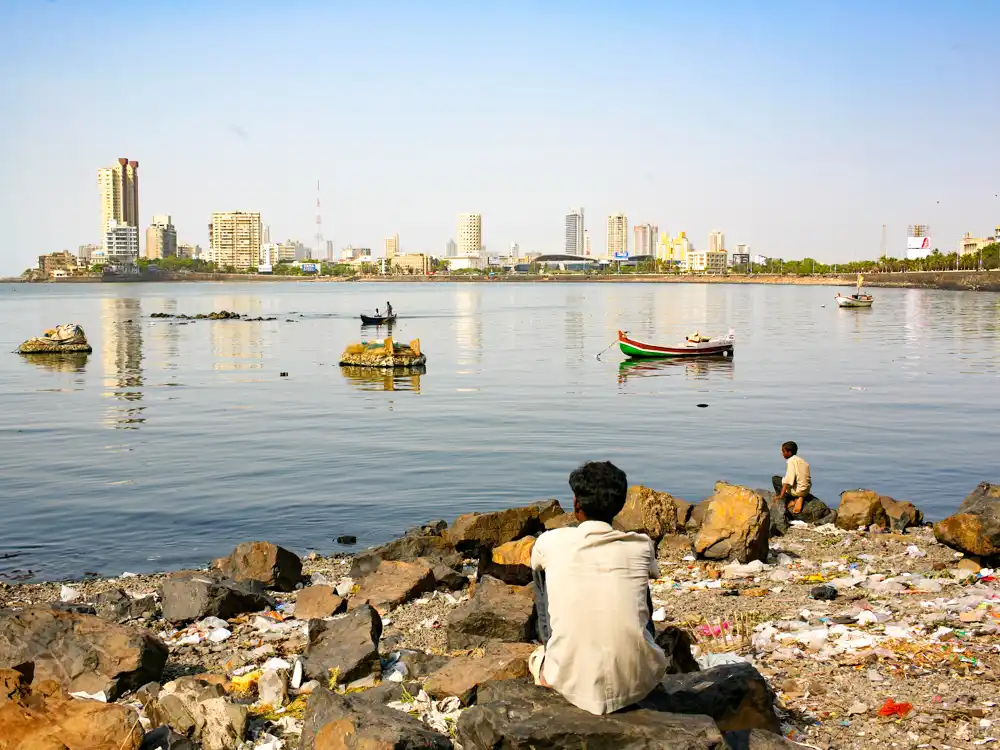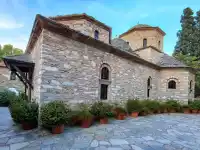Mumbai—or Bombay, if you prefer—is a city that never looks back. It doesn’t ask who you are, only how fast you can keep up.
On the metro, a woman in a sari stands next to a guy wearing an Apple Watch. On the street, a holy man smudges your forehead with ash. A few minutes later, someone hits your shirt with a cloud of color in a burst of joy you didn’t see coming.
We landed in Bombay. This city doesn’t have a plan. It has a pulse.
Want a Temple? Turn Around. Want Chaos? You’re Already In It.
Mumbai
Morning. I walk through the Dadar market. Flower sellers, chai in waxy cups, potatoes that no one back home would buy.
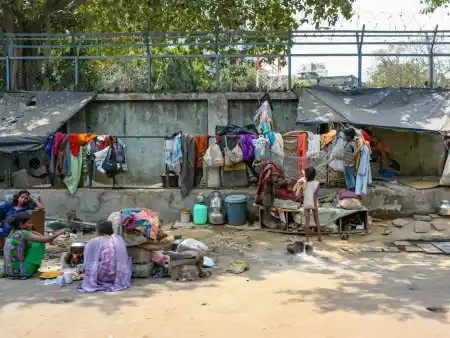
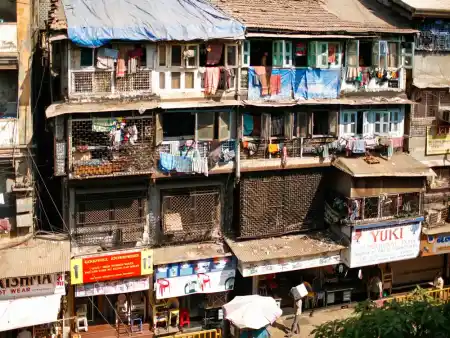
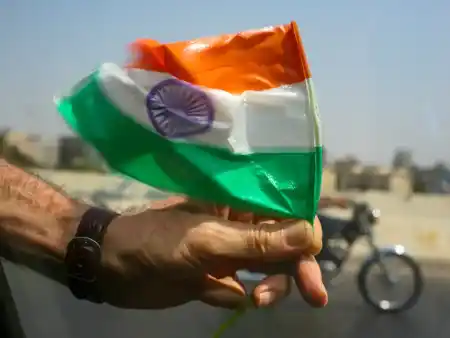
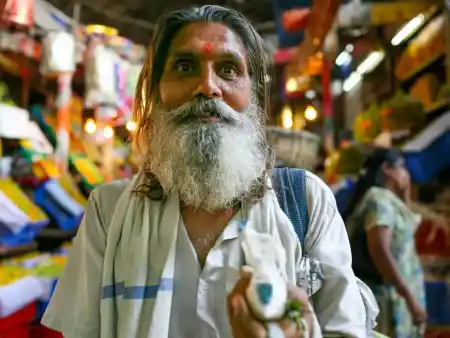
Out of nowhere, an old man in an orange turban presses a red dot onto my forehead.
Before I can say “thank you,” he whispers a mantra, raises his hand in blessing, and walks away. A moment of calm.
Then he extends his hand. He doesn’t ask for much. I drop a few coins into his palm and carry on. I’m learning the local rituals.
First Glimpse: From the Sky
The first real shock of Bombay happens before you even land. From the plane window, you see a sea of metal rooftops—millions of them. Asia’s largest slum: Dharavi.
We enter the city via the highway. Its shoulder has become a sort of permanent encampment. Tin shelters, plastic tarps, blankets, buckets of water, laundry lines strung between trees, children chasing dogs between speeding cars.
This isn’t temporary. It’s normal.
Haji Ali Dargah
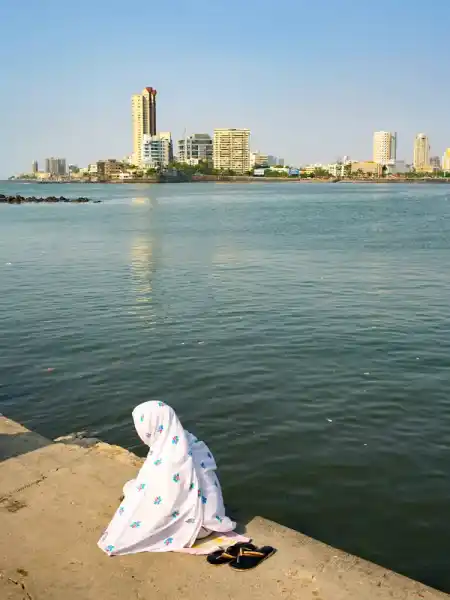
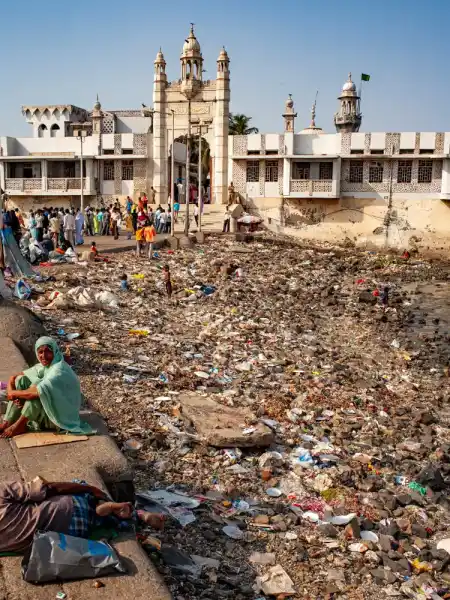
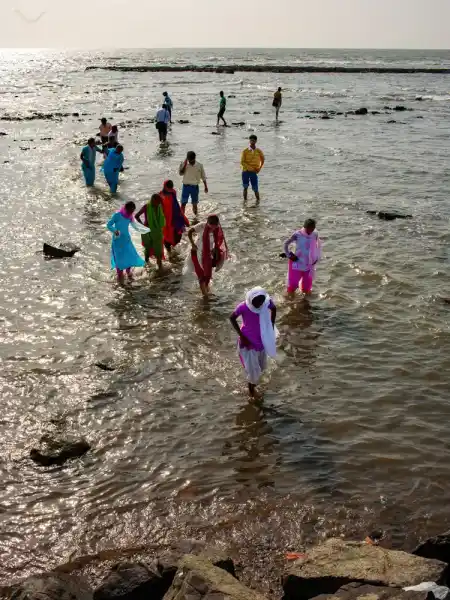
At the southern tip of the city lies Haji Ali Dargah — a mosque and tomb of a revered saint, built on a tiny island. You reach it by a narrow path that disappears during high tide.
The path is lined with beggars. Not poverty as tourism. Poverty as it is. People without legs. Without arms. Eyes that have long since stopped asking. They just sit. Still. Silent.
The truth is crueler than it looks. Not everyone gets to beg here. Some save for years to pay for amputations. Yes, you read that right—mutilation as a means of income.
Here, that’s how you earn a spot on this stretch of sacred road.
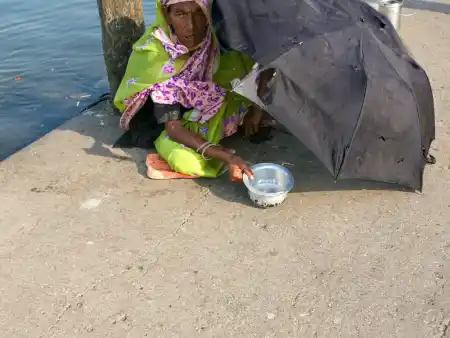
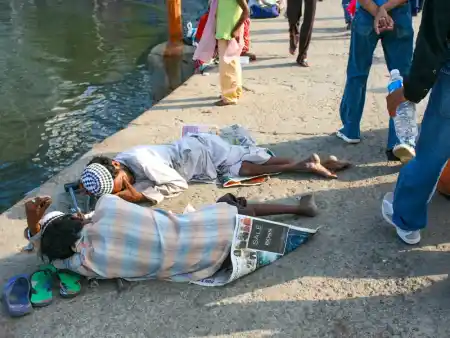

Our guide, trying to impress, changes a bill and hands out rupees. One by one.
He wouldn’t have noticed them otherwise—until he saw us give a few coins.
Dadar market
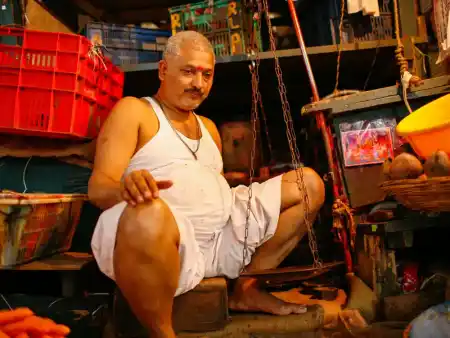

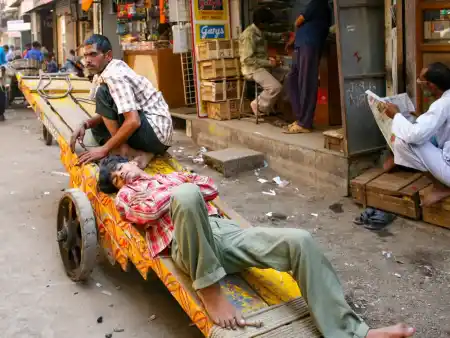
The huge market is a kaleidoscope of Indian life. Like any market in the world, you’ll find everything here. Sellers, buyers, porters and cleaners. Just taking a nap. I admire the way they load the cart. They can take an elephant on it.
Holi Finds You
A few streets later, I hear music, laughter, shouting—then bam, color explodes into the air. I didn’t come for Holi. Holi came for me.

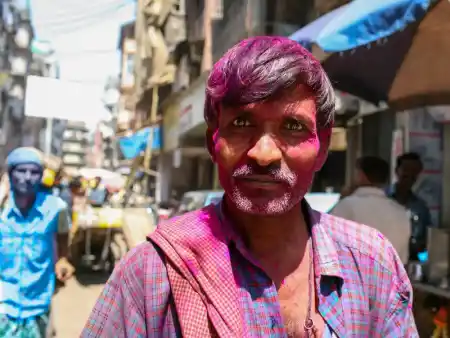
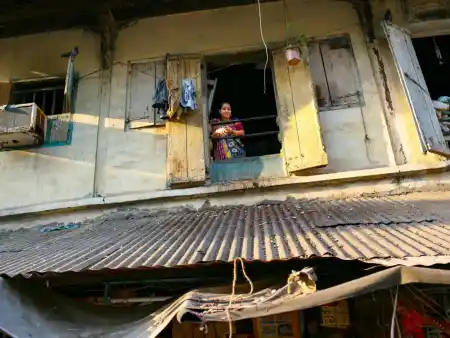
Children with neon cheeks, teens on rooftops with buckets of water, grandmothers smiling beneath clouds of pink. The Indian Festival of Colors. A celebration of renewal, joy, forgiveness.
They say everyone gets a second chance. And at the very least, a freshly painted shirt. No one apologizes. They just hit you with the next handful of blue.
Glass and Tin, Side by Side
Bombay is a city of extremes.
- On one side: a 60-story glass skyscraper with a billionaire and a helipad.
- On the other: Dharavi, visible from the airplane window. Over a million people packed into a few kilometers.
Census officials here don’t count people. They count rooftops.
But Dharavi isn’t just about poverty. It’s a machine. A recycling center. A neighborhood. A factory. A school. A home.
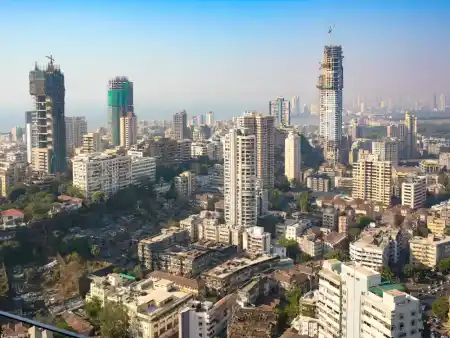
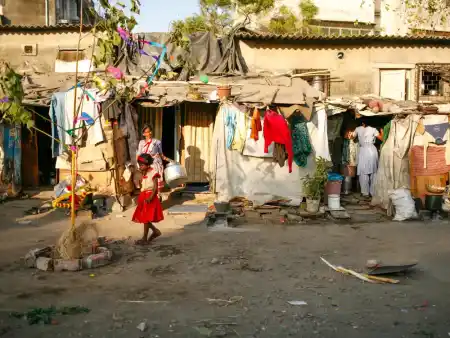


In Dharavi, no one begs. They build. Every inch has a purpose. Every movement, meaning.
Two cities—steel and sweat—divided by only a few kilometers. But worlds apart. Where dreams are sorted by where you were born.
The Taxi That Keeps Going
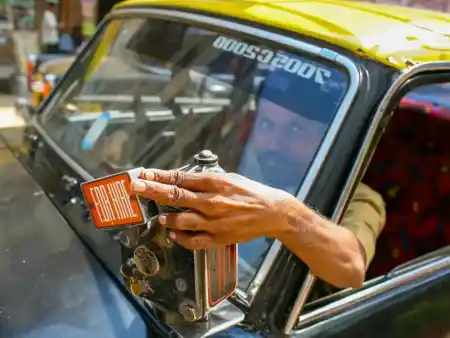
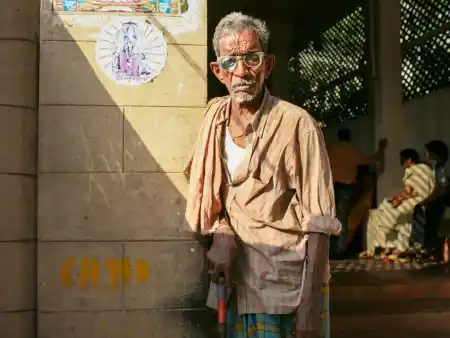
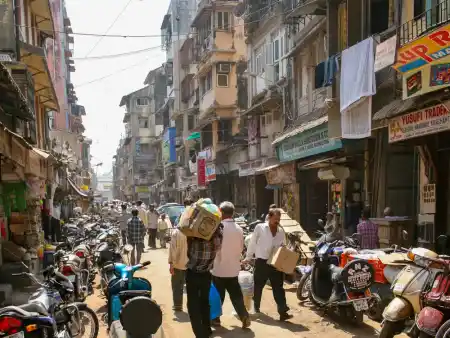
Between skyscraper and slum, the old black-and-white taxis of Bombay still rumble along. They look like something from 1950s London. Their engines wheeze and rattle like they’re saying goodbye every day. But they still move.
Because in Bombay, everything keeps going—as long as it believes it can.
The Pineapple Philosopher
I stop at a roadside stand. An old man hands me a slice of pineapple sprinkled with chili, on a piece of newspaper.
I smile. He says: “In Bombay, everything tastes better when you don’t know what tomorrow brings.”
Maybe he’s just poetic. Maybe he’s right.
Malls and Millions
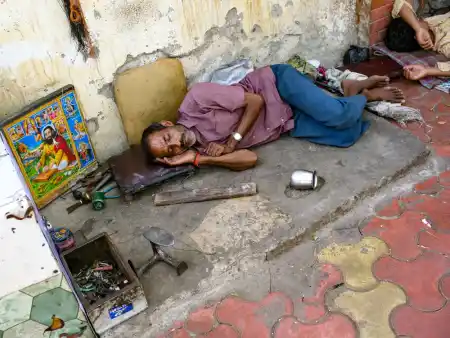
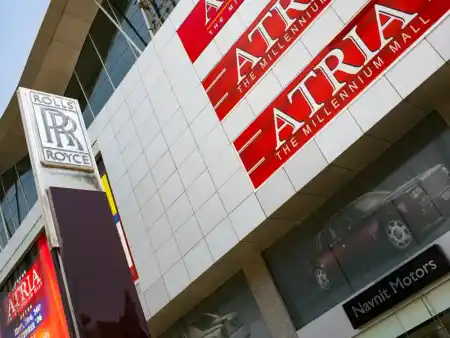
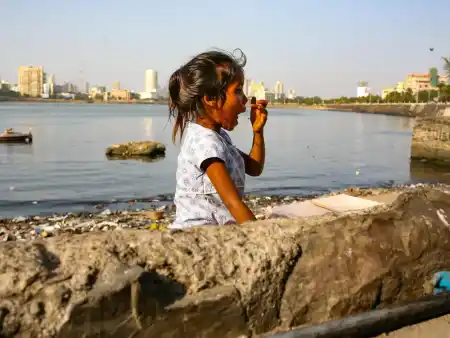
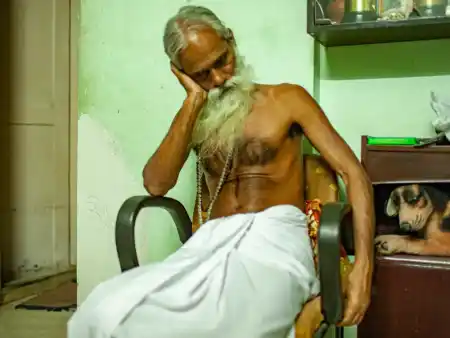
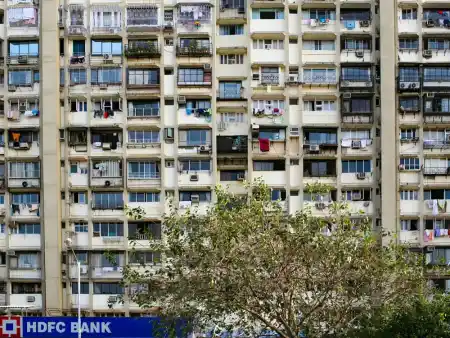
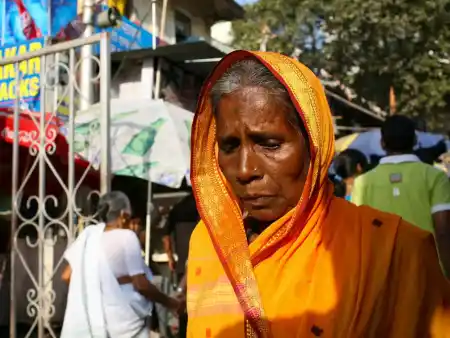
A few blocks away, I walk into a shopping mall that could be in Dubai. In one window: a Rolls-Royce. Three stores down: Zara.
Extreme lives in Bombay like oxygen. You can buy a shirt for 200 rupees—or a car for 20 million. As long as you know where you belong, what you can afford, and which way to turn your head.
Faith, Decay, and That Invisible Line
One minute: a temple. Incense. Stillness. Five minutes later: under a bridge, children sleep on cardboard, a man shoots up heroin.
Beauty and decay are neighbors here. So are faith and resignation.
Many people leave Kerala’s peaceful countryside for a “better life” in the city.
They don’t realize they’re leaving paradise. Most of them find only pavement and slums.
Bombay Won’t Explain
Bombay doesn’t explain anything. But if you pay attention, it shows you everything.
And if you ask—someone might bless you.
But as Sri Tathāta once said: “The answer—you’ll have to find yourself.”
Written from Living India
— Letters from Mumbai

